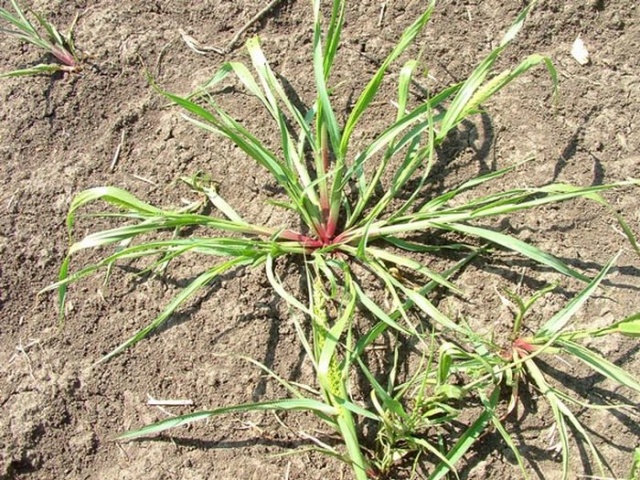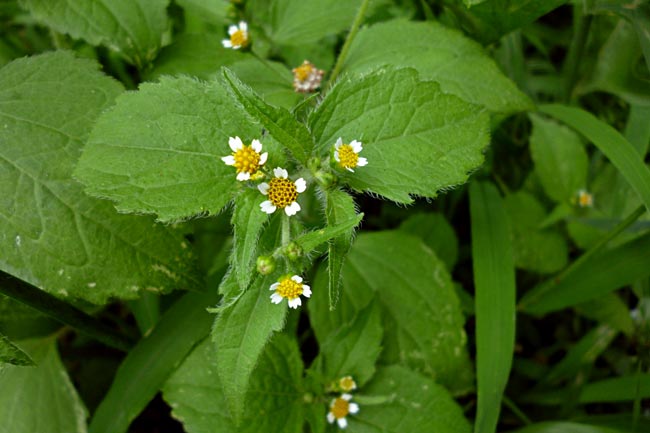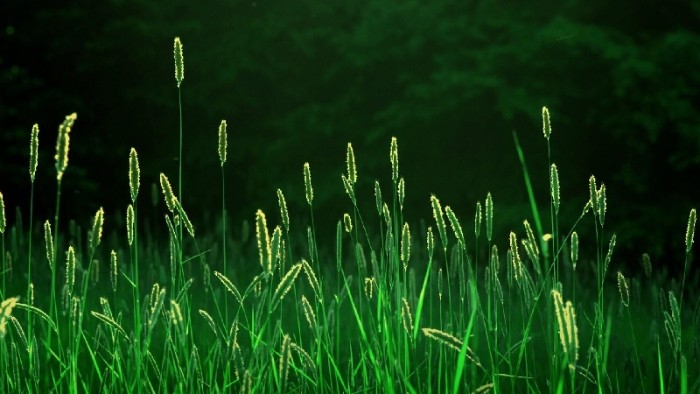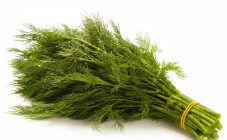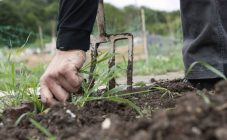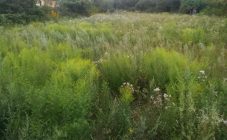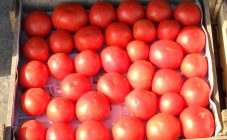Weeds are plants that grow independently in the wild without human intervention, leading to a decrease in soil fertility and a decrease in the productivity of cultivated plants.
For a long time of growth, some weeds have acquired botanical characteristics similar to cultivated plants. Meadow weeds grow in spring and winter crops. Sometimes it is difficult to distinguish between weeds and understand the name of the grass that grows in the yard.
Weeds maintain a high survival rate, because they are less demanding on the quality of soil and growing conditions, they are frost-resistant and self-sown. Seeds of wild plants are often numerous, easily crumble and are carried by the wind, and have long germination periods. Removal of weeds from the site is complicated by the fact that the seeds of some herbs germinate gradually over several years, being previously dormant in the ground.
Weed grasses recover well even after removing plant parts from the soil; some species reproduce by roots, which is why it is not recommended to throw the plucked plants into compost pits. In addition to rapid reproduction and occupation of the territory, the weed grass takes a large amount of nutrients and moisture from the soil, provokes the appearance and spread of harmful insects.
The litter enters the plots together with low-quality manure or seeds of vegetables and other crops.
Weed types
The list of weeds contains more than 2000 species. Herbs are divided into annuals, biennials, and perennials. These weeds are groups that grow on cultivated soils. Some greens are poisonous, others are used as fodder crops, and there are weeds that have medicinal properties.
Not all weeds should be intensively controlled. Juicy greens can grow quickly and are used as mulch and herbal infusions. Grass is grown for these purposes in areas where it cannot displace cultivated plants and require weeding.
Weed Grass List:
- Sow thistle belongs to the thorny grass weed, it represents the Astrov family. An annual, fast-growing, with a powerful root system. When the roots are cut with a garden tool, the sow thistle spreads even better, so the plant is dug up along with the entire rhizome and carried off the site or burned.
- Galinsoga multicolor is most often found on nitrogenous soils, they began to call the plant American because of its South American origin. With the help of the wind, multiple seeds are able to spread throughout the country. Even a plucked plant is capable of releasing aerial roots and starting new growth. Therefore, in order to completely destroy the thickets of the American woman, it should be ripped out of the soil before the seeds form and burned, because the thrown out plant residues in the compost heap will ripen and re-spread throughout the site.
- Wheatgrass is one of the tenacious perennials. It is not easy to get rid of the weed, because its botanical feature is long roots, on which a bud grows every 3 cm, from which a new shoot appears, even when the plant is removed. Wheatgrass is resistant to various adverse weather conditions, survives in all environments.The growth of wheatgrass is especially undesirable in potato fields, because the roots of the weed penetrate through the potato tubers and attract wireworms.
- Millet grass, called bristle, refers to cereals, is related to plants such as corn and wheat, and is similar to them in appearance. Millet is used to feed farm animals, and dogs and cats also like to chew it. The seeds of the plant retain long-term germination - up to 20 years, even under unfavorable conditions. The emerging mildew quickly multiplies, spreading over the site intensively, depleting the soil.
Lawn weeds also include bluegrass, buttercup, plantain and clover.
Shiritsa is a herb imported from America, some of its species are considered medicinal. To get rid of grass shires in the area, it is uprooted or pruned above the ground, preventing it from blooming. Without photosynthesis of the green part, the roots die off over time. Shiritsa is also called amaranth and has a spikelet with red flowering.
A tenacious podkamernik is the name of sticky grass in the garden. An annual weed is found everywhere, parts of the plant stick not only to clothing, but also to pet hair. It is easy to get rid of Velcro grass in the garden, the roots of the plant are weak, and the weed pulls out well. The podkamernik, which can also be called the herb cutter, is considered a useful weed that strengthens the immune system, it can be eaten.
Weed damage
In addition to contamination of territories, some types of weeds release harmful compounds into the soil and parasitize on the roots and upper parts of garden crops.
Burian becomes a haven for harmful insects that carry diseases to vegetables and garden flowers.
Weeds containing toxic substances can enter animal feed and cause poisoning.
The flowering of plants with complex flowers from the Asteraceae and Amaranth families can cause allergic reactions.
Features of weeds
Weed grasses are distinguished by their strong and rapid spreading in courtyard areas and survivability in any, including adverse conditions.
In order to rid the site of a large amount of debris, it sometimes takes up to 4 years. The most common method of getting rid of unnecessary grass is to weed it out, and grass residues should not be dumped into compost pits, in which they will continue their life cycles. Using mechanical methods of weed control, the area is dug up, and although roots or seeds can remain in the soil with this treatment, their number decreases over time.
Growing green manure will make it easier to rid the garden of unwanted herbs. Siderata will drown out the growth of weeds and improve the soil.
Good results in cultivating the plots are obtained by laying out dark spunbond or cardboard on the soil, under which the shoots will become unviable without light, and their root system will rot over time.
In order to obtain quick and reliable results on the destruction of unnecessary plants, biological products are used that have a detrimental effect on green litter. The funds are used on damaged parts of the plant, therefore, the soil is dug up before use. The method of inverted sod is also used, when a layer of sod is cut off from the surface and turned down with greenery, treated with a biological product from above, covered with a film and after a few months the top fertile layer without litter is obtained.
Landscape design
Some weeds bloom decoratively, but due to the uncontrollability of their distribution, the rapid displacement of other useful plants and flowers, they are not specially used in landscape design.
Sometimes lawn or ornamental grasses are used to grow weed barriers.
Sometimes in landscape design, the shading properties of weeds are used.
On the personal plot, self-sown weeds are always an unwanted neighbor of cultivated plants. Weed control is easier in treated areas where crops are well tended.
